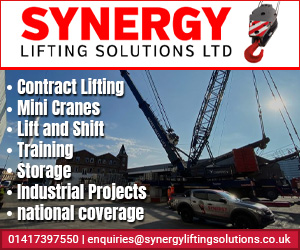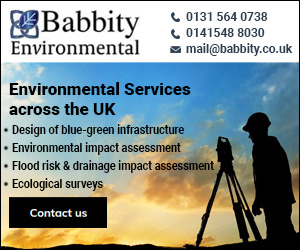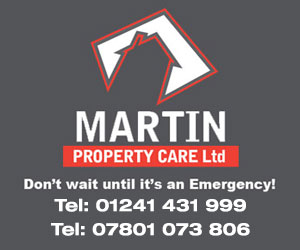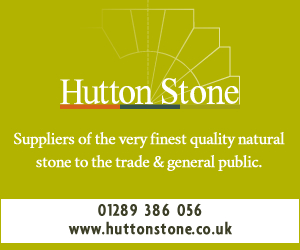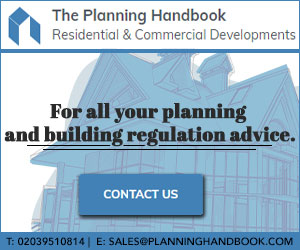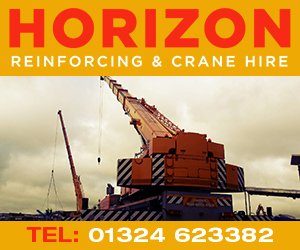Time and date
CONSTRUCTION DIRECTORY
Construction Industry Publications Ltd Contact Details
Address
50 - 56 Portman Road
Reading
RG30 1EA
About Construction Industry Publications Ltd
CIP specialise in stocking and publishing a range of health and safety and environmental manuals, DVDs, books and report forms from all of the leading specialist publishers including the HSE, Construction Skills and CIRIA for construction professionals, Architects, Designers, Civil Engineers and Specialist Consultants.
Have a look at our E-Catalogue
HEALTH & SAFETY
- Health and Safety Manual
- Health and Safety Report Books
- Health and Safety DVDs
- Health and Safety Guidance
- Health and Safety Posters
- Health and Safety Test Revision Material
- FMB
- FIS
- SBF
- Environmental Manual
- Environmental DVDs
- Environmental Guidance
Have a look at our E-Catalogue
For any other questions or enquiries please Contact Us!
Gallery
|
Click to close
|
News
31/07/2022
NEW Construction of Tall Buildings Guidance – Free to Download
Industry Guidance for the Planning, Design, Construction and Maintenance of Tall Buildings is aimed at all parties in the construction supply chain that are involved with the procurement, design, planning, construction, and maintenance of tall buildings. It has been produced with the assistance of the Construction Industry Advisory Committee (CONIAC) Managing Risk Well Working Group. Members of the group are drawn from the construction industry, and those associated with it, and have the necessary skills, knowledge, and experience for providing information on the safe construction of tall buildings. Published by Construction Industry Publications, it is available as a free download from the CIP website https://www.cip-books.com/product/tall-buildings/
Clive Johnson Head of Health & Safety Derwent London plc and Chair of CONIAC Managing Risk Well Working Group said, “the publication of this document has clearly demonstrated how collaborative the construction industry can be in its quest to make construction activities safer and without risk to health.”
“The construction of tall buildings creates additional health and safety issues to those encountered during construction of lower rise and lower risk structures. While many of the hazards may be similar, the risks and challenges can change with the increasing height and complexity of the building.
With the number of tall buildings within Great Britain increasing rapidly and construction techniques developing all the time, there is concern that clients (such as developers) may not have access to sufficient quality knowledge specific to the planning, design, construction and its future maintenance and use of such structures. Clients may also not have ready access to advisors, designers and contractors with the skills, experience, and knowledge to help them.
It assumes those using it have a general knowledge and understanding of the health and safety system within Great Britain and of how to plan, manage and monitor health and safety during conventional lower rise and lower risk construction work. “
The guidance in this document follows a ‘risk management approach’ to identify hazards and provide solutions to enable the design and safe construction of tall buildings. Solutions are presented in the form of case studies that show how the topic has been approached and dealt with by those experienced in this field. It does not tell you what to do, as each situation must be assessed on its own merits, but it does give examples of planning, systems and controls that have been adopted by others who are experienced in this work. It is written following the principal that it is to be used for building buildings safely and not building safer buildings.
Clive Johnson Head of Health & Safety Derwent London plc and Chair of CONIAC Managing Risk Well Working Group said, “the publication of this document has clearly demonstrated how collaborative the construction industry can be in its quest to make construction activities safer and without risk to health.”
“The construction of tall buildings creates additional health and safety issues to those encountered during construction of lower rise and lower risk structures. While many of the hazards may be similar, the risks and challenges can change with the increasing height and complexity of the building.
With the number of tall buildings within Great Britain increasing rapidly and construction techniques developing all the time, there is concern that clients (such as developers) may not have access to sufficient quality knowledge specific to the planning, design, construction and its future maintenance and use of such structures. Clients may also not have ready access to advisors, designers and contractors with the skills, experience, and knowledge to help them.
It assumes those using it have a general knowledge and understanding of the health and safety system within Great Britain and of how to plan, manage and monitor health and safety during conventional lower rise and lower risk construction work. “
The guidance in this document follows a ‘risk management approach’ to identify hazards and provide solutions to enable the design and safe construction of tall buildings. Solutions are presented in the form of case studies that show how the topic has been approached and dealt with by those experienced in this field. It does not tell you what to do, as each situation must be assessed on its own merits, but it does give examples of planning, systems and controls that have been adopted by others who are experienced in this work. It is written following the principal that it is to be used for building buildings safely and not building safer buildings.
Products & Services
Online H&S and Environmental Information Service www.cip-knowledge.com
Location Map
Construction Industry Publications Ltd Serves The Following Areas
Find Construction Industry Publications Ltd in
Construction Industry Publications Ltd General Description
Construction Industry and Health and Safety publications in the UK




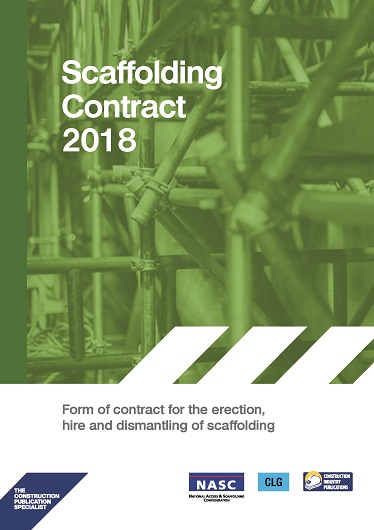

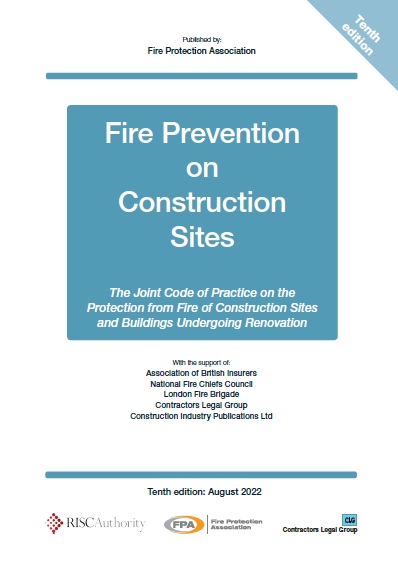

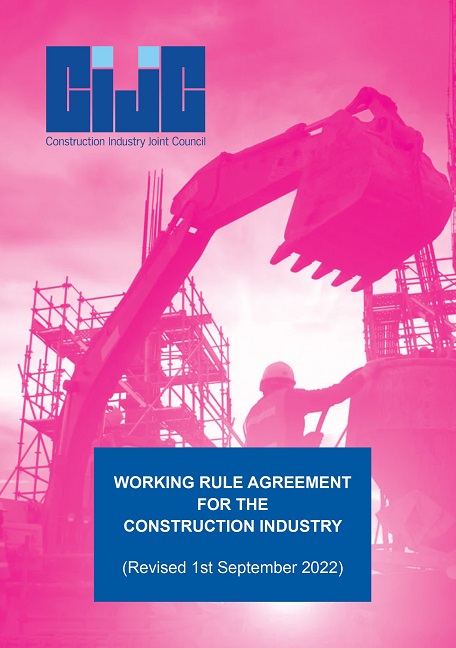

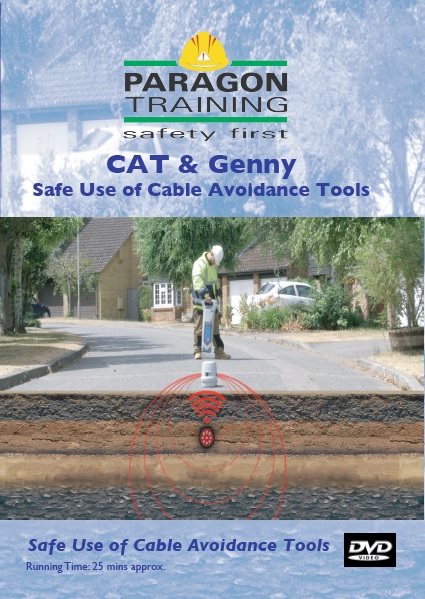

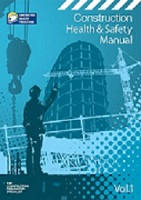

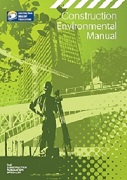

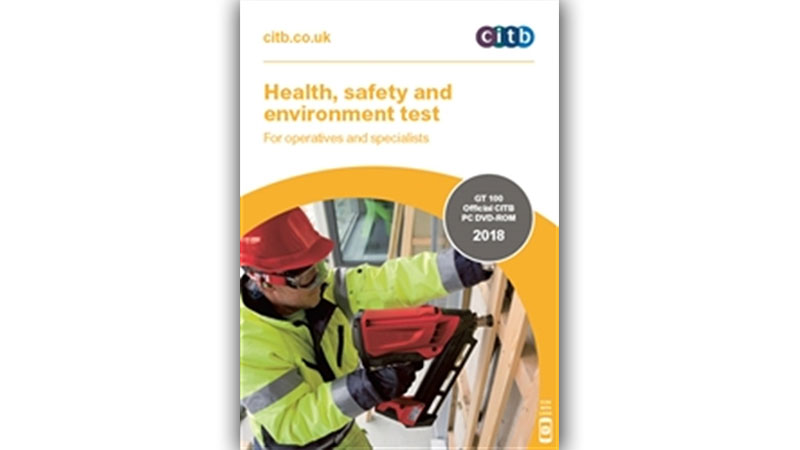

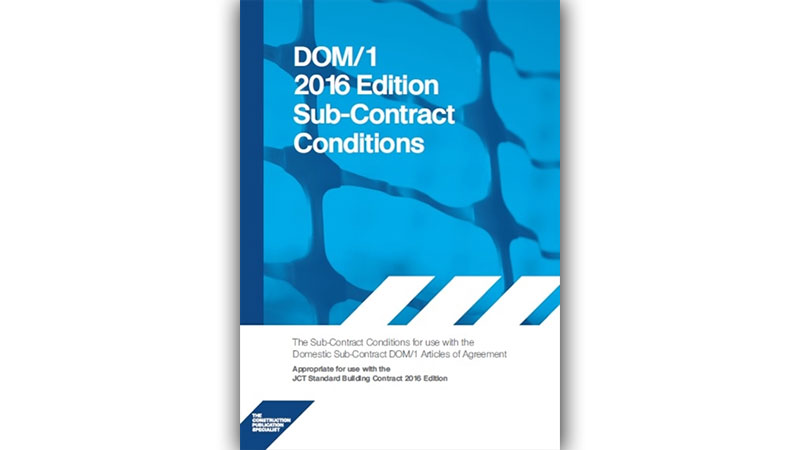

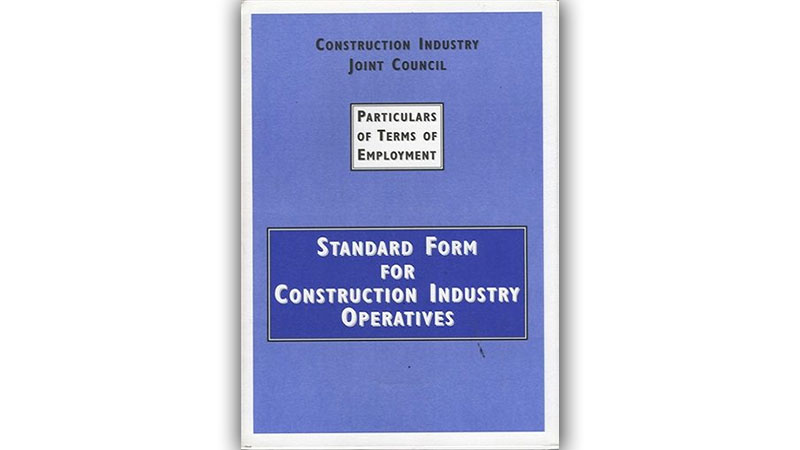

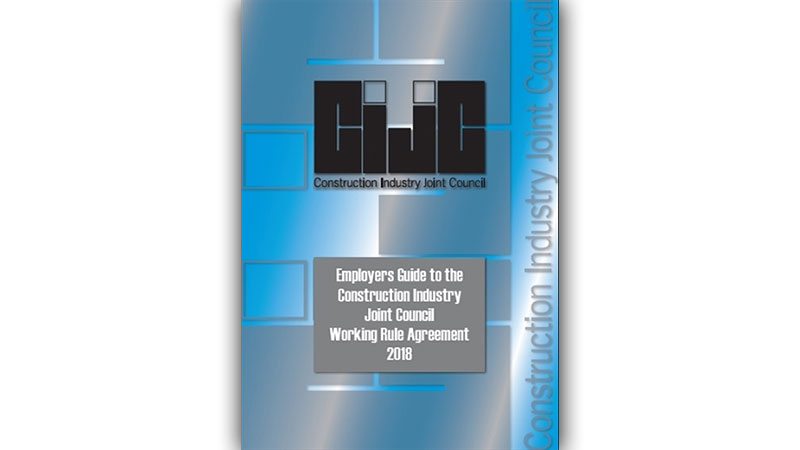

![Ramsay & Sons [Forfar] Ltd](http://www.construction.co.uk/advnew/495084bul.jpg)
